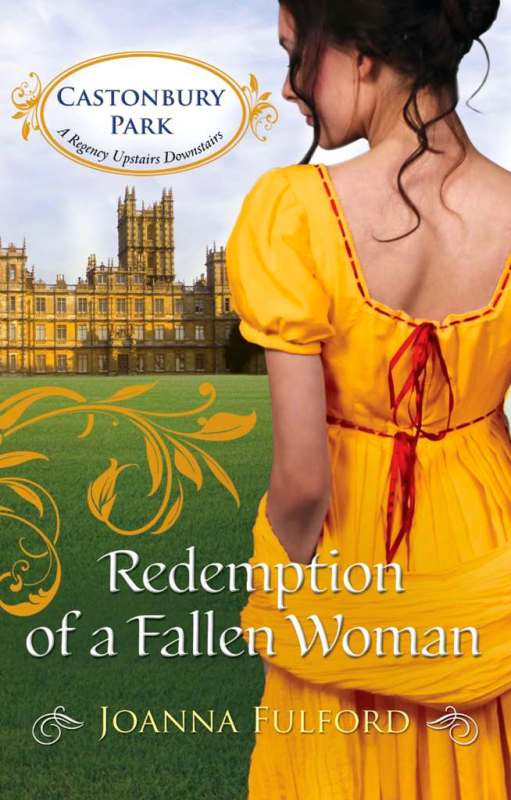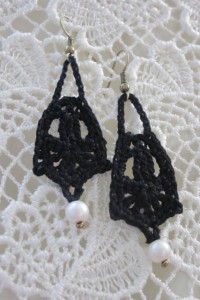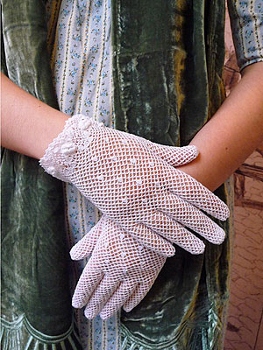 I’ve always wanted to try out a Regency recipe. I rather rashly promised to do a book signing (at an old-fashioned bookshop in a historic town) with the theme of a Regency Tea, so this seemed like a good opportunity to experiment. In LADY DEARING’S MASQUERADE, I had a housewifely 9-year-old make something called Banbury cakes, so I decided to try making them myself.
I’ve always wanted to try out a Regency recipe. I rather rashly promised to do a book signing (at an old-fashioned bookshop in a historic town) with the theme of a Regency Tea, so this seemed like a good opportunity to experiment. In LADY DEARING’S MASQUERADE, I had a housewifely 9-year-old make something called Banbury cakes, so I decided to try making them myself.
Here’s the original recipe, from THE COMPLETE SERVANT, by Samuel and Sarah Adams, first published in 1825. (A neat reference, with guidance on the duties of every servant imaginable, and some interesting recipes. I found a nice 1989 reprint from Southover Press.)
Take a pound of dough made for white bread, roll it out, and put bits of butter upon the same as for puff paste, till a pound of the same has been worked in; roll it out very thin, then cut it into bits of an oval size, according as the cakes are wanted. Mix some good moist sugar with a little brandy, sufficient to wet it, then mix some clean washed currants with the former, put a little upon each bit of paste, close them up, and put the side that is closed next the tin they are to be baked upon. Lay them separate, and bake them moderately, and afterwards, when taken out, sift sugar over them. Some candied peel may be added, or a few drops of the essence of lemon.
Here’s my very loose interpretation. Puff pastry dough would be more accurate but I opted to make something more like a filled cookie, as I thought it would transport better.
3 cups all purpose flour
½ tsp baking soda
½ tsp salt
1 cup butter, softened
1 cup sugar
1 egg
3 Tbsp milk
1 tsp vanilla
12 oz jar blackcurrant preserves
1 tsp brandy
1. Combine flour, baking soda and salt in a medium bowl.
2. In a large bowl, beat butter and sugar together until fluffy.
3. Add egg, milk and vanilla and beat well.
4. Add dry ingredients, mix thoroughly.
5. Cover and chill for about half an hour or until dough is easily rolled.
6. Mix blackcurrant preserves and brandy for filling.
7. Flour surface and rolling pin well (dough is very sticky) and roll out fairly thin (a little thicker than 1/8 inch). Cut out 3 or 4 inch rounds, as desired. Put a little filling (not too much so you can close it) in the center and gently crimp the edges together. (Don’t worry if a few break or some filling oozes out. Just be careful to, um, destroy the evidence!)
8. Bake on ungreased cookie sheet at 375 degrees F for about 15 minutes, until golden in center and lightly browned on the edges.
9. Dust with confectioner’s sugar.
This makes about 24 large (using 4 inch rounds) or 36 small (3 inch rounds).
As I said, not quite accurate, but rich and buttery, the currants adding a nice tartness. My kids even liked them, so I hope visitors to my booksigning will, too.
And I do solemnly promise Mr. St. James that there will be no iced or fruit-flavored beverages served!
Elena 🙂
LADY DEARING’S MASQUERADE, an RT Top Pick!
www.elenagreene.com











